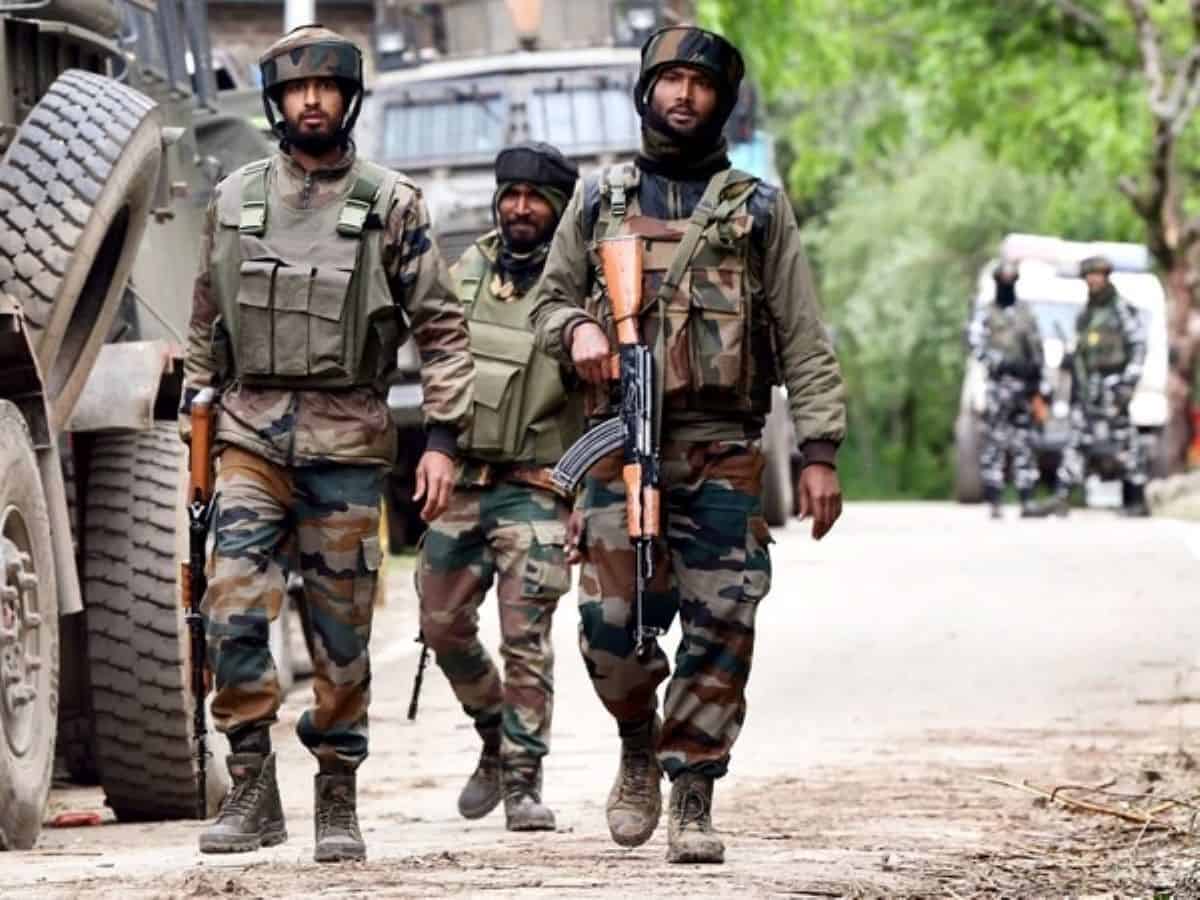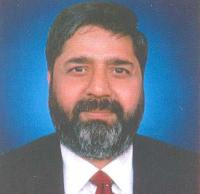

At this point in time when Kashmir is being viewed through diametrically opposite lenses – one showing the Valley rattled by the targeted killings by terrorists and minorities pressing for their evacuation from this “ dangerous place” , the other showcasing one after another success of the security forces in gunbattles , in which terrorists get neutralized. Till this date, police claims 99 militants have been killed this year . But search for peace in Kashmir is still work in progress.
This split image of Kashmir is because of security-oriented approach dominating other means needed to embrace the local population and make it a stakeholder in permanent calm.
As the truth lies in between what the two kinds of lenses reflect. The Valley is not as dangerous place as the optics depict because this phase of targeted killings is neither new nor will it last for long. This is experience drawn from the past episodes of targeted and other killings.
It is nowhere close to the situation in 1990s, and the narrative that it is worse than 1990s is misnomer and greatly exaggerated by the fear -mongers . And also is a fact that terrorism is there, and that is explained by the recurring encounters in which terrorists are killed – some of them are hardened lot with years of gun wilding experience , others are as new as week-old, and few others are foreigners, mostly Pakistanis.
Gun for gun, which often is phrased as a “ bullet for bullet” policy has very limited scope in the very nature of the means of seeking peace. It does instill fear among the aspiring militants, but at the same time it triggers a cycle of its own . last year more than 200 militants were killed, and this year it is already 100 even as 2022 is yet to reach its half-way mark.
This is inherent in a place where there are rival versions of history and present day incidents. The accumulation of facts, when injected with the aspired goals, loses relevance and the real issues cannot be papered over.
Needless to emphasize that Kashmir and its people cannot be separated from what they have seen, experienced in the past 32 years of violence, uncertainty and the changing strategies from both sides of the conflict. In fact, there are three sides – Pakistan , Security forces, local and foreign militants . Kashmir has traversed through various stages of the conflict; all out operations against militants who adopted various tactics to make their presence felt. The select killings, massacres and IED explosions were favourite tactics of the militants.
Ironically, they were also wooed , urged to surrender with arm and ammunition and live an honourable life. On other occasions, they were invited for talks. The governments also made all out efforts to create an atmosphere for talks – ceasefires were announced and implemented, but the end result did not match the expectations.
The biggest and boldest experiment with ceasefire was during Vajpayee era. “ Ramzan ceasefire” was announced in November 2000. It was scheduled to end in December that year. Instead, it was extended until May 31, 2001, before being called off, as it was recognised that opening talks with Pakistan was a better option. This was understood that unless talks were held with Pakistan, the militants in Kashmir cannot and would not respond to peace overtures. That resulted in Agra Summit in July 2001, which , concluded with failure written all over it.
Much has changed since . Twenty two years have seen a massive change in the approach and attitudes – there is no Pervez Musharraf in Pakistan, and it is believed by the powers in India that Kashmir issue has been settled once and for all with the abrogation of Article 370 in August 2019, with only one aspect remaining to be addressed, the vacation of Pakistan occupied Jammu and Kashmir from the illegal occupation of Pakistan.
The basic fact, and it is a matter of common sense that generations born and brought up in a place where guns, grenades and bombs have ruled over the past three decades have a different mental makeup . The children born before 1989, when the militancy started making its presence felt, are now at least 40-year-old, and those born in 1990, the calendar year of the start of militancy in Kashmir, when bombs and anti-national slogans filled the atmosphere and made some to feel that they could get away with their violent campaign with fruitful results as per Pakistani agenda have now landed either in graves or nowhere.
It needs to be comprehended that Kashmir situation as it exists today is because of these generations and there are various facets to this. The current situation is having hands that spill blood and consider it as an accomplishment, they also draw sadistic pleasure when they find security forces running around searching for clues about the killers, and level of their pleasure goes up when they watch the consequences of the acts of terror – people moving in panic and projecting Kashmir as an unsafe place for the minorities from where the want to flee. This is the kind of a sense of fulfilment of their jihadist agenda they draw out of these incidents.
The degree radicalism might have fluctuated, but the agenda remains the same. This situation has yet another facet, which the official narrative has picked up to say that Kashmir has returned to normal. That is the jobless youth getting work because of the tourists coming in large numbers to the Valley. The tourism boom has translated into jobs for them, which in turn has helped them feed their families and save the money for rainy days as well. This economics is personal and social and they don’t want any disruption in their work. As long as their earnings are not affected, they are happy anything happening around.



